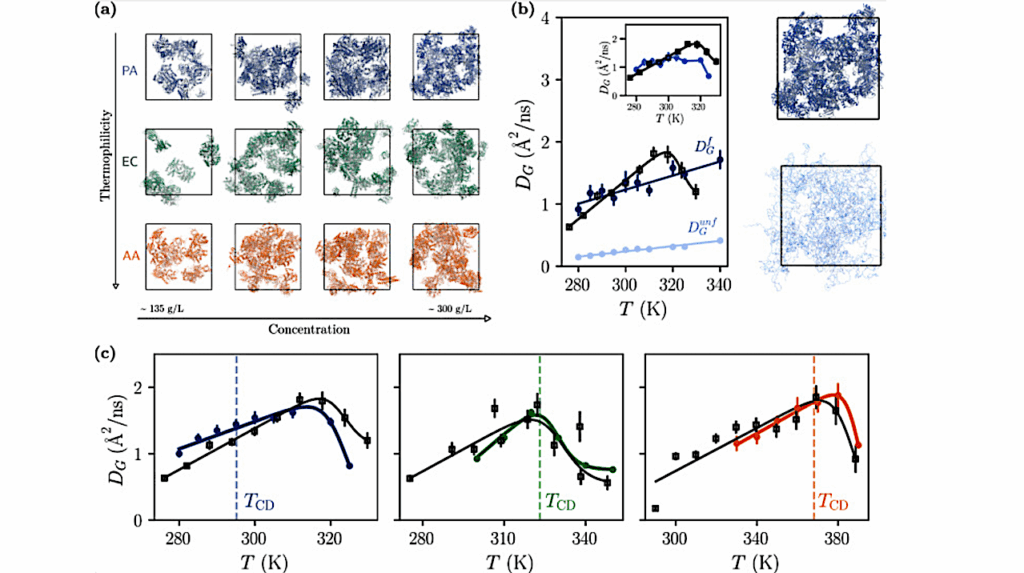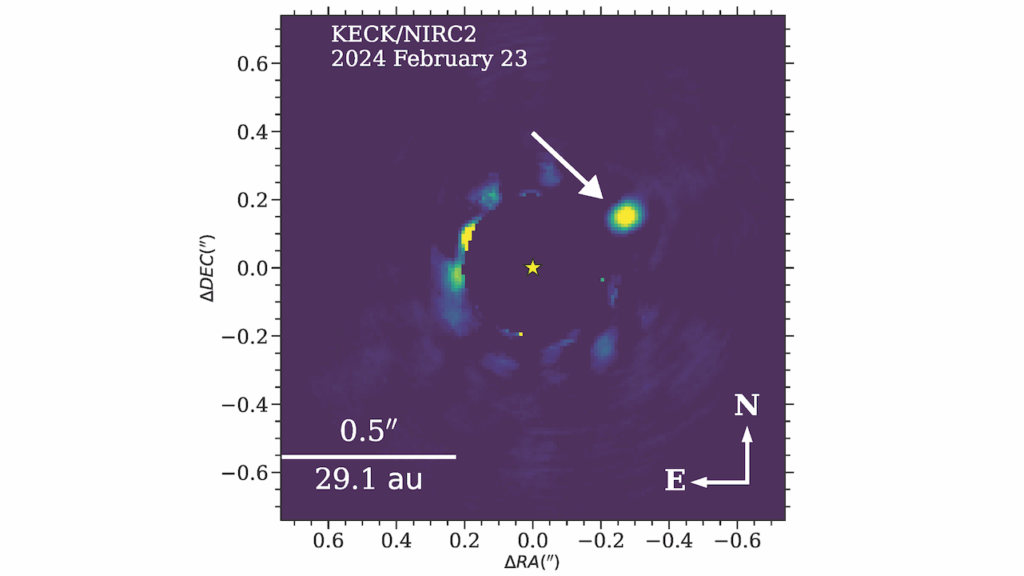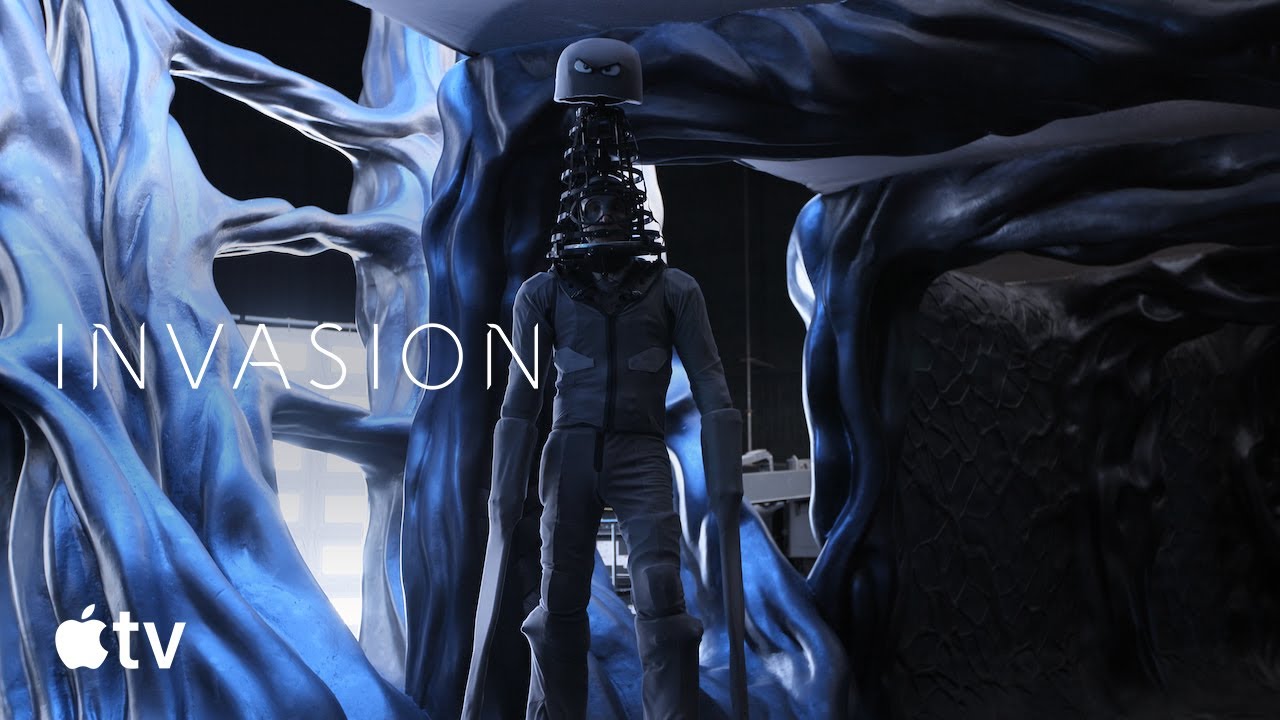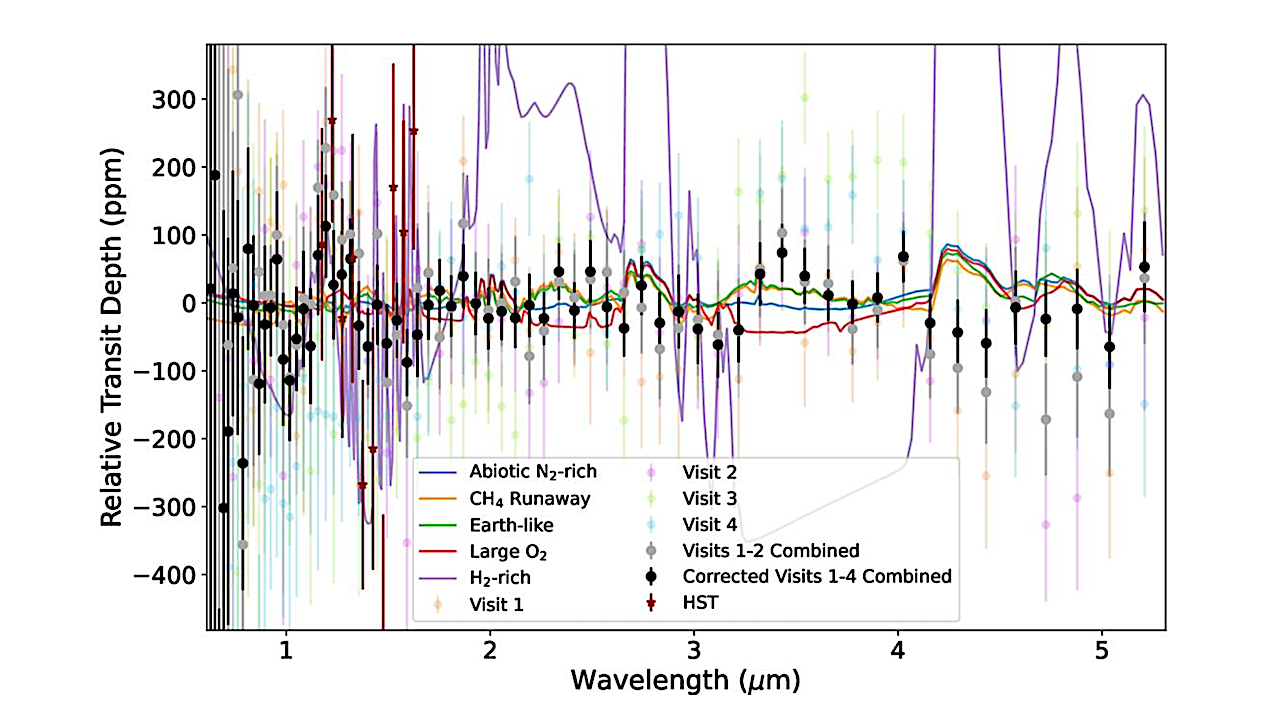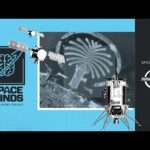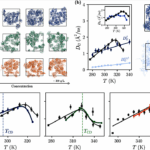Now Reading: JWST-TST DREAMS: NIRSpec/PRISM Transmission Spectroscopy of the Habitable Zone Planet TRAPPIST-1 e
-
01
JWST-TST DREAMS: NIRSpec/PRISM Transmission Spectroscopy of the Habitable Zone Planet TRAPPIST-1 e
JWST-TST DREAMS: NIRSpec/PRISM Transmission Spectroscopy of the Habitable Zone Planet TRAPPIST-1 e
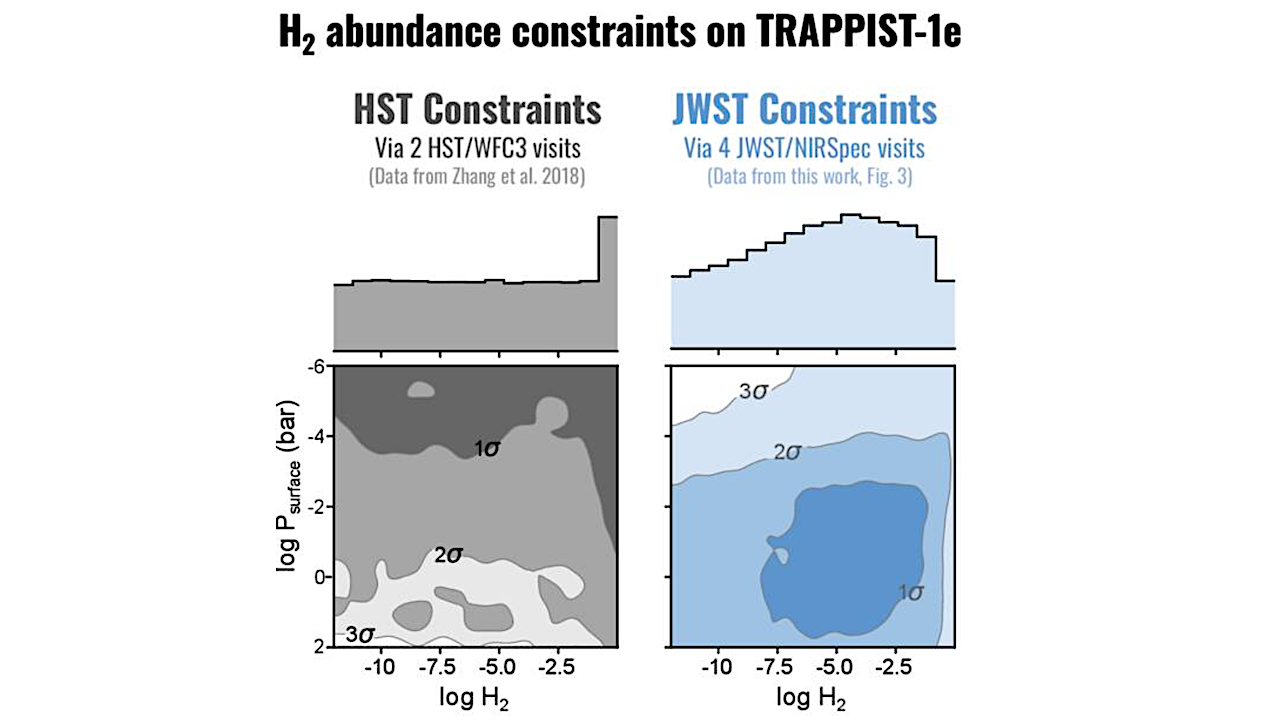

H2 abundance constraints for TRAPPIST-1 e from HST and JWST as a function of surface pressure. Posterior distribution showcasing the improvement on constraints on possible H2-dominated atmospheres on TRAPPIST-1 e between HST (left in gray; obtained by applying our GP retrieval methodology to the HST/WFC3 data in Z. Zhang et al. 2018) and JWST (right in blue; obtained by applying it to the four NIRSpec/PRISM transits presented in this work). The distribution for HST mainly follows the centered log-ratio prior allowing the H2-dominated solution at virtually all pressures ≳1 bar; the JWST one disfavors the H2-dominated solution. — IOPscience
TRAPPIST-1 e is one of the very few rocky exoplanets that is both amenable to atmospheric characterization and resides in the habitable zone of its star—located at a distance from its star such that it might, with the right atmosphere, sustain liquid water on its surface.
Here, we present a set of four JWST/NIRSpec PRISM transmission spectra of TRAPPIST-1 e obtained in mid-to-late 2023. Our transmission spectra exhibit similar levels of stellar contamination as observed in prior works for other planets in the TRAPPIST-1 system but over a wider wavelength range, showcasing the challenge of characterizing the TRAPPIST-1 planets even at relatively long wavelengths (3–5 μm).
While we show that current stellar modeling frameworks are unable to explain the stellar contamination features in our spectra, we demonstrate that we can marginalize over those features instead using Gaussian processes, which enables us to perform novel exoplanet atmospheric inferences with our transmission spectra.
In particular, we are able to rule out cloudy, primary H2-dominated (≳80% by volume) atmospheres at better than a 3σ level. Constraints on possible secondary atmospheres on TRAPPIST-1 e are presented in a companion paper.
Our work showcases how JWST is breaking ground in the precision needed to constrain the atmospheric composition of habitable-zone rocky exoplanets.
JWST-TST DREAMS: NIRSpec/PRISM Transmission Spectroscopy of the Habitable Zone Planet TRAPPIST-1 e, IOPscience (open access)
Astrobiology,
Stay Informed With the Latest & Most Important News
Previous Post
Next Post
-
 012024 in Review: Highlights from NASA in Silicon Valley
012024 in Review: Highlights from NASA in Silicon Valley -
 02Panasonic Leica Summilux DG 15mm f/1.7 ASPH review
02Panasonic Leica Summilux DG 15mm f/1.7 ASPH review -
 03From Polymerization-Enabled Folding and Assembly to Chemical Evolution: Key Processes for Emergence of Functional Polymers in the Origin of Life
03From Polymerization-Enabled Folding and Assembly to Chemical Evolution: Key Processes for Emergence of Functional Polymers in the Origin of Life -
 04How New NASA, India Earth Satellite NISAR Will See Earth
04How New NASA, India Earth Satellite NISAR Will See Earth -
 05And Thus Begins A New Year For Life On Earth
05And Thus Begins A New Year For Life On Earth -
 06Astronomy Activation Ambassadors: A New Era
06Astronomy Activation Ambassadors: A New Era -
07SpaceX launch surge helps set new global launch record in 2024













